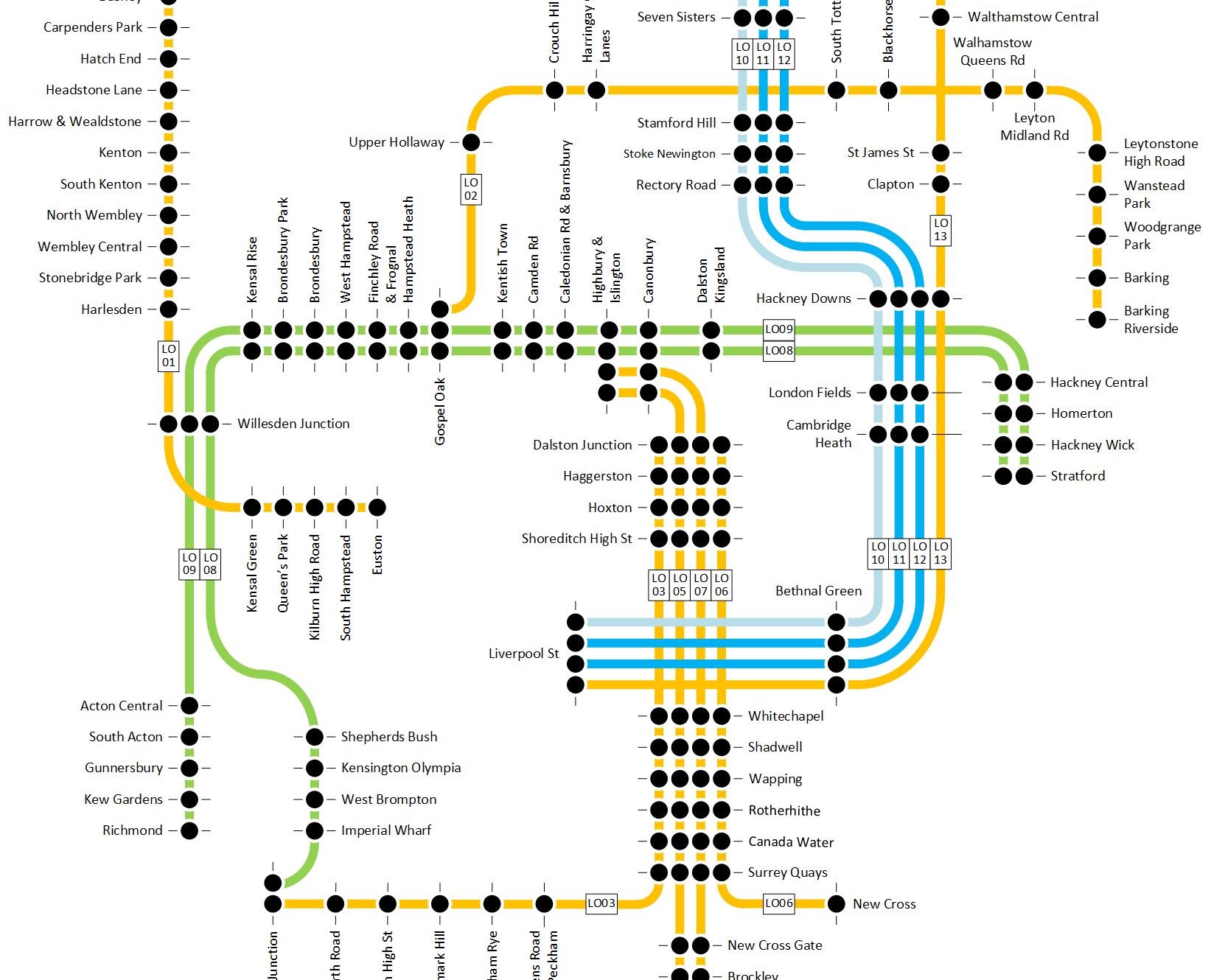Early Stage Specification Process
Step 2: Indicative Train Service Specification
Upon completion of concept solutions the next step is to consider a train service specification(s) which meets the requirements and check whether there are any better options available.
The ITSS should be used to test assumptions about what level of service and capacity can be delivered and where infrastructure investment may be required to deliver the ITSS. It is important to remember that the ITSS is not the requirement (a franchise may choose to run that service), it is a way to articulate a reference case that can drive decisions on scope. When considering how to construct the ITSS, there will be trade-offs and links between the proposed level of service (and value of that benefit) and the infrastructure required to deliver that service. The option selection for infrastructure should refer back to the ITSS to understand what benefit is driving that infrastructure.

The ITSS is not a timetable and may not include performance in the initial assessment. It may also limit its geographic scope and thus may not be a full proxy for how the infrastructure will function in practice. However, it is a useful tool to test what might be possible and compare options. It should not be treated as a requirement unless it is specifically stated that the ITSS is a requirement.
In capacity terms there is always a tension/balance between the frequency of service, the length of train and the density of seat on a class of train hence the need to check ITSS against demand modelling.
Network Rail will compile a document in line with TAG in the creation of a business case. However, funders may wish to explore wider benefits and industry economics further and look, for example, at the value of frequency as well as capacity.
Requirements are still conditional at this early stage and hence so must the ITSS be. It will require review and iteration as knowledge of its impact is gained. The skill is to know when to stop iterating and lock down the ITSS for production of the business case.
The ITSS: